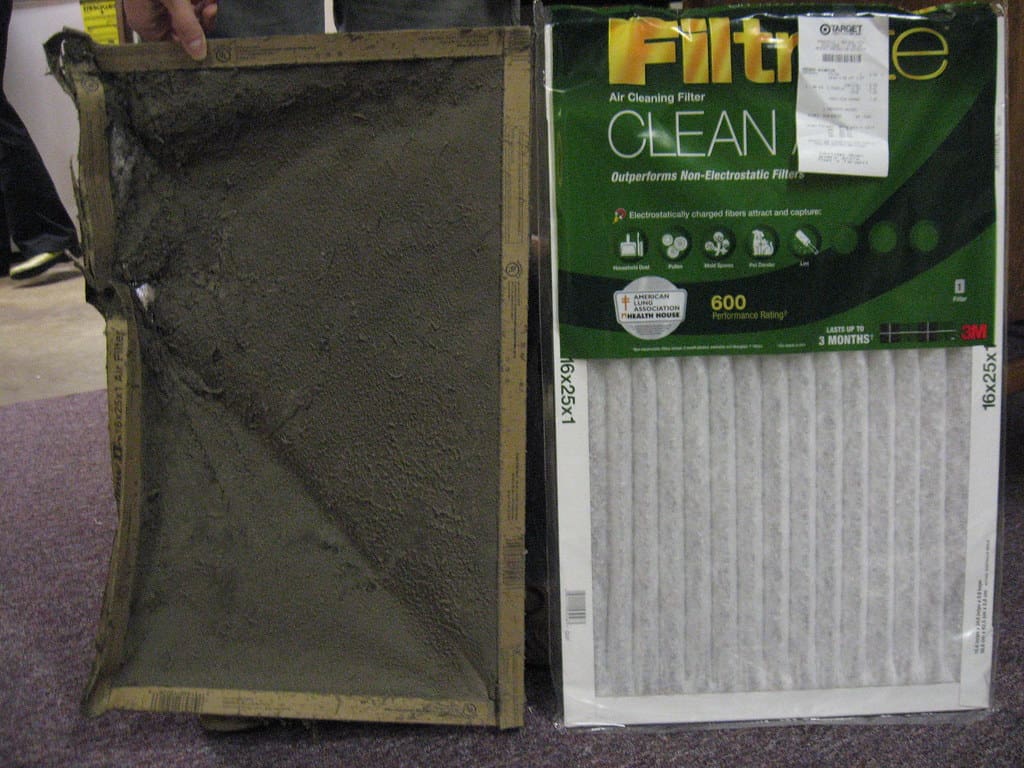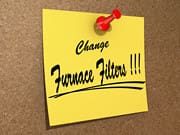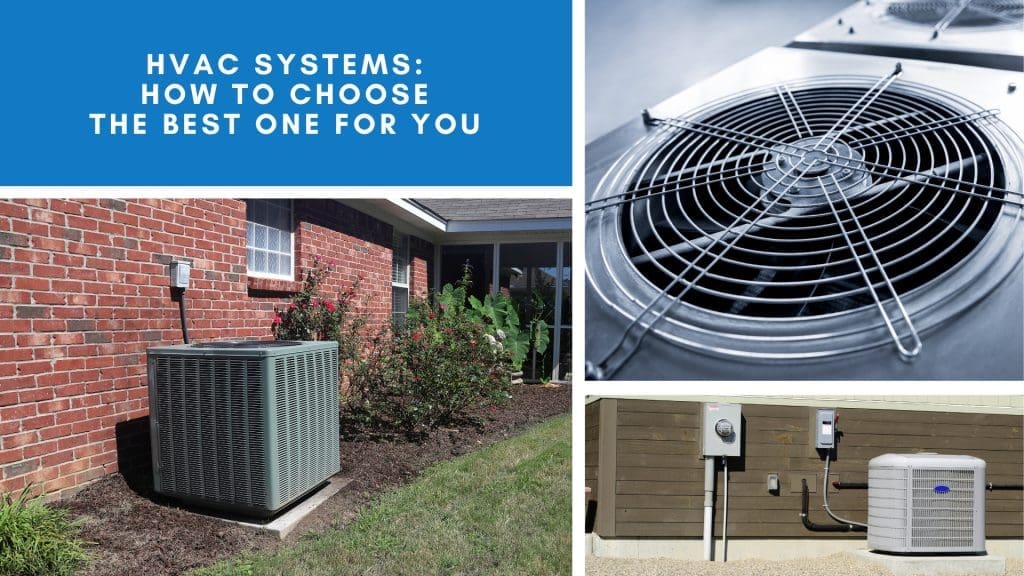When it comes to maintaining a comfortable home environment, understanding your heating system is crucial. One common question homeowners frequently ask is, “Does my gas furnace have a filter?” As a seasoned HVAC professional,
I’m here to provide a clear and comprehensive answer to this question, along with practical advice on managing your furnace’s filter system.

A well-maintained furnace not only ensures warmth during the colder months but also contributes significantly to the indoor air quality of your home. Therefore, understanding the importance of the furnace filter is pivotal for every homeowner.
Understanding the Role of a Furnace Filter
The furnace filter is an integral component of your heating system, playing a significant role in maintaining the air quality within your home. Its primary function is to trap dust, dirt, and other airborne particles, ensuring that the air circulating through your furnace and home remains clean. But it doesn’t just stop there; a clean filter also promotes better airflow, enhancing the efficiency and longevity of your furnace. By capturing airborne particles, the filter helps protect the blower fan and other internal components from dust buildup, which can cause damage over time.
Moreover, a quality furnace filter can also reduce allergens, making your home a healthier place for family members, especially those with allergies or asthma. Filters with higher MERV (Minimum Efficiency Reporting Value) ratings are even capable of trapping microscopic particles, including bacteria and viruses, contributing to a cleaner environment. Regularly maintaining your filter is not just about keeping your furnace running smoothly; it’s about ensuring your home’s air quality is at its best, providing a comfortable and safe atmosphere for all occupants.
Does Every Gas Furnace Have a Filter?
Yes, most gas furnaces are equipped with filters. They are typically located in the return air duct or the blower compartment of the furnace itself. However, the presence and location can vary based on the model and design of the furnace. While nearly all residential gas furnaces have filters, the type and size of the filter can differ, influenced by the furnace’s make and model.
Gas Furnace Filter Location
Finding the filter is usually straightforward. In many cases, you’ll find it behind a door or panel on the front of the furnace. Some systems have a filter slot where the filter slides in and out. If you’re unsure of the exact location, referring to the furnace’s user manual or contacting a professional can be helpful. In some homes, the filter may be located in a separate air handler or return vent, which might require a bit more investigation to locate.
Additionally, it’s essential to know that some newer models might have multiple filters or a unique design, necessitating a different approach to maintenance. Understanding your specific furnace setup will empower you to perform routine checks and replacements, ensuring optimal performance. If in doubt, consulting with an HVAC technician can provide clarity and guidance, ensuring you maintain your system correctly.
Is It Safe to Run a Furnace Without a Filter?
Running a furnace without a filter is not advisable. While your furnace can technically operate without one, doing so can lead to a host of issues. Without a filter, dust and debris can accumulate on the furnace’s components, reducing its efficiency and potentially causing damage over time. This can lead to costly repairs and a decrease in the system’s lifespan. The absence of a filter means that unfiltered air circulates throughout your home, which can exacerbate allergies and decrease overall air quality.

What Happens If You Run a Furnace Without a Filter?
If you run your furnace without a filter, here are some potential consequences:
- Reduced Efficiency: Dust and debris can clog the blower motor and other components, making the system work harder to heat your home. This increased workload can lead to overheating and higher energy consumption, compounding your utility expenses.
- Poor Air Quality: Without a filter, contaminants can circulate freely through your home, affecting indoor air quality and potentially triggering allergies or respiratory issues. Over time, this can contribute to a less healthy living environment, especially for individuals with pre-existing health conditions.
- Increased Wear and Tear: The absence of a filter can lead to dirt buildup on critical components, increasing wear and tear and potentially leading to premature system failure. This can result in unexpected breakdowns and more frequent need for repairs, which can become costly over time.
- Higher Energy Bills: An inefficient system often results in higher energy consumption, which can significantly increase your utility bills. Regularly replacing the filter helps maintain optimal efficiency, ensuring you aren’t paying more than necessary to keep your home warm.
Can You Run a Furnace Without a Filter Temporarily?
While it might be tempting to run your furnace without a filter for a short time—perhaps while waiting for a replacement—it’s best to avoid doing so. Even a brief period can result in dust accumulation and reduced efficiency. If you find yourself without a filter, it’s wise to prioritize getting a replacement as soon as possible. In urgent situations, temporarily reducing the furnace’s operation or using alternative heating methods can help mitigate potential damage.
Additionally, running your furnace without a filter, even temporarily, can void warranties or service agreements. Manufacturers typically recommend maintaining a clean filter as part of regular maintenance to ensure warranty compliance. Therefore, it’s prudent to keep spare filters on hand, ensuring you can replace them promptly when needed, thereby avoiding unnecessary complications or risks.
How Long Can You Run a Furnace Without a Filter?
It’s challenging to provide a specific timeframe that is safe for running a furnace without a filter, as it largely depends on the environmental conditions and the furnace’s usage. However, even short-term operation without a filter is not recommended due to the potential for damage and decreased efficiency. Within a matter of hours, dust and debris can begin to affect furnace components, leading to inefficiencies and potential malfunctions.
In environments with higher dust levels or homes with pets, the risk of damage increases, making it even more imperative to avoid running the furnace without a filter. Always err on the side of caution and ensure that a functional filter is in place before operating the system. Should you find yourself without a filter, consult with a professional for guidance on the best course of action until a new filter can be installed.
Do Some Furnaces Not Have Filters?
While nearly all residential gas furnaces have filters, some older or specialized systems might not include them. These exceptions are typically found in very old systems or unique industrial setups where air quality management is handled differently. If you suspect your furnace doesn’t have a filter, it’s important to consult with an HVAC professional who can provide guidance based on your specific system.
In some cases, furnaces might use alternative air cleaning methods or be part of a broader HVAC system with centralized filtration. Understanding your system’s design is crucial to ensuring proper maintenance and air quality. Engaging with a knowledgeable technician can help you determine the best practices for your setup, ensuring both efficiency and safety in your home.
Maintaining Your Furnace Filter
Regular maintenance of your furnace filter is key to ensuring efficient operation and good air quality. Here are some maintenance tips to keep in mind:
Check and Replace Regularly
Filters should be checked monthly and replaced every 1-3 months, depending on usage and the type of filter. A clogged filter can lead to airflow issues, reducing the efficiency of your system. Frequent inspections allow you to catch potential problems early, ensuring your furnace operates smoothly throughout the heating season.
Regular replacement not only preserves the furnace’s performance but also extends its lifespan by preventing unnecessary strain on the system. Keeping a log of when filters are checked and replaced can be a helpful reminder to maintain this crucial component of your heating system.
Choose the Right Filter
Filters come in various types and sizes, with different ratings based on their ability to capture particles. Selecting the right filter for your furnace is crucial. Consult your furnace’s manual or ask a professional for advice. A higher MERV rating indicates a filter’s effectiveness at trapping smaller particles, but it’s important to ensure compatibility with your system to avoid airflow restrictions.
Using the wrong filter can lead to inefficiencies or even damage to your furnace, making it vital to choose appropriately. Consulting with an HVAC professional can provide insights into the best filter for your specific needs, balancing air quality improvement with system requirements.
Keep the Area Clean
Ensure the area around your furnace is clean and free of obstructions. This helps maintain proper airflow and system performance. Clutter or debris near the furnace can impede airflow, potentially causing the system to overwork and leading to higher energy costs.
Regular cleaning of the surrounding area can also prevent accidental damage or fire hazards, contributing to a safer home environment. Taking the time to clear away dust and ensure adequate space around the furnace will aid in its overall performance and longevity.
Conclusion: Trust the Experts
Understanding whether your gas furnace has a filter and knowing how to maintain it is essential for optimal system performance. While it’s possible to handle some maintenance tasks yourself, involving a professional ensures that your system is running efficiently and safely. If you’re in the Los Angeles metropolitan area and need assistance, don’t hesitate to contact LC Heating and Air Conditioning. We’re here to provide reliable and trustworthy HVAC services, ensuring your home remains comfortable year-round.
By following these guidelines and maintaining your furnace filter, you can enjoy a more efficient heating system, improved air quality, and peace of mind knowing that your home’s comfort is in good hands. Regular professional check-ups complement your maintenance efforts, catching potential issues before they become significant problems. Trust in the expertise of HVAC professionals to keep your furnace in top shape, ensuring warmth and safety throughout the colder months.


